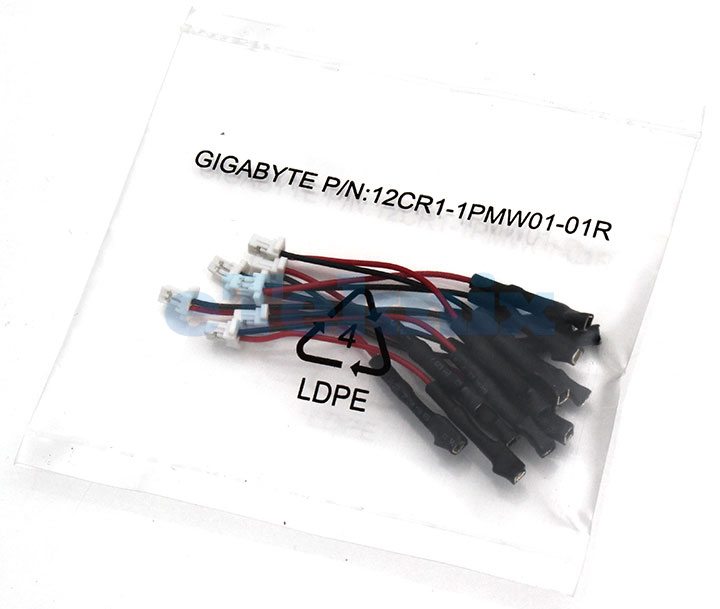Gigabyte Z77X-UP7 (Z77) Motherboard Review
Chris Hadley / 12 years ago
Contrary to what we normally find on a Gigabyte motherboard box, the UP7 has a rather modest front to it with a few mentions of the boards features, a couple of its claims to fame, namely its award for best of Computex 2012 and its world record breaking overclock with an Intel i7 3770k.
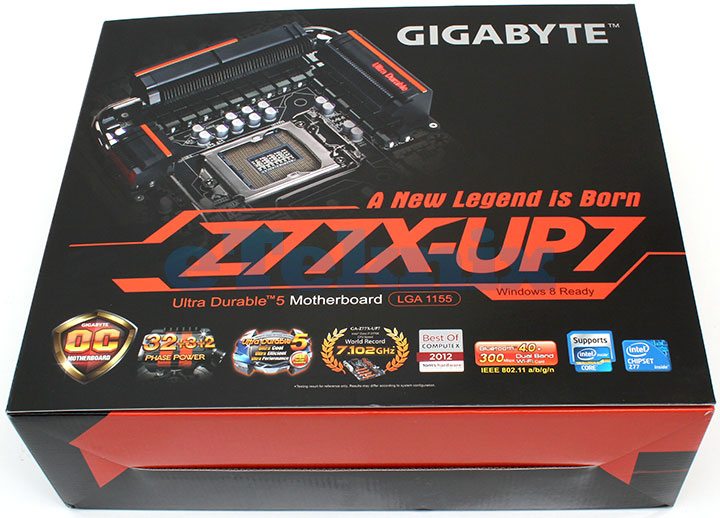
Opening up the front cover, we find on the inside a whole heap of information on the boards Ultra Durable design and ‘The Industry’s Quality CPU Power Design’.
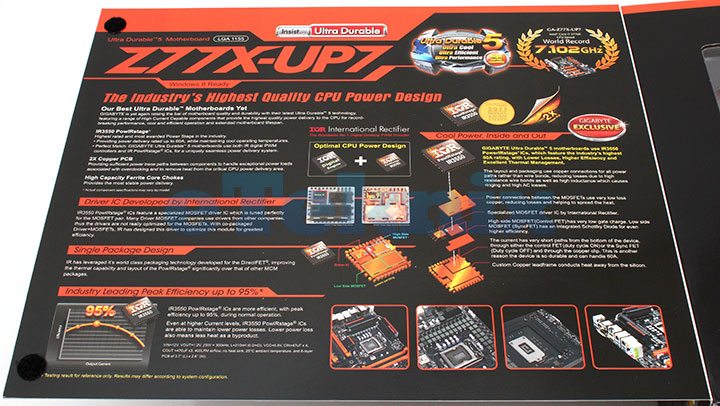
To the right, we have a window through which we can drool over the main attraction that is inside, just to tease us before we dive inside the box.
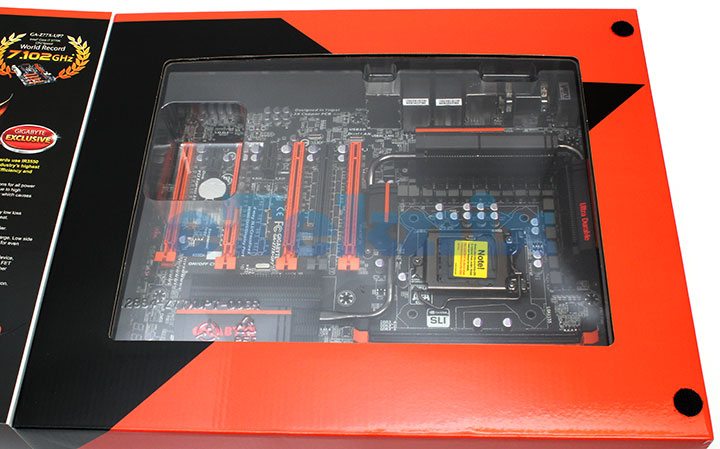
Turning the box right over, it’s safe to say that there is no shortage of information about each and every aspect of the board inside, touching on the cooling, graphics layout, overclocking features, power phases, BIOS and so forth.
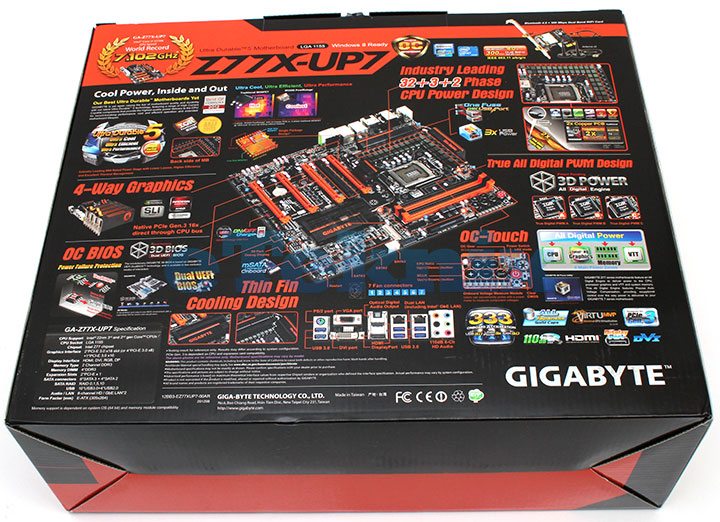
Opening the box up, we get the usual array of manuals and paperwork along with a pair of CDs, with drivers & utilities and an I/O plate.
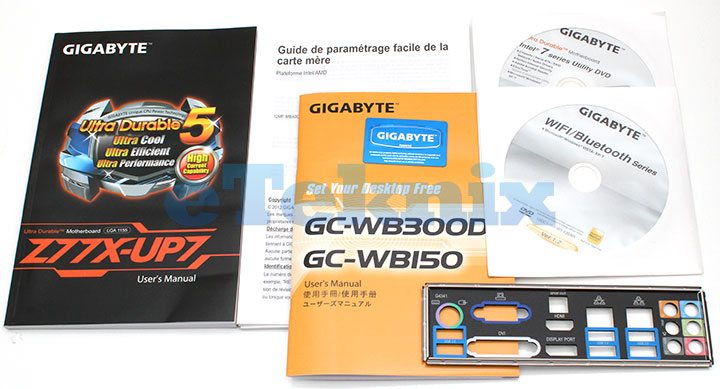
To get connected we find a number of black SATA III 6Gb/s cables, and surprisingly an odd number rather than pairs of cables, with two cables having a right angled connector on one end.
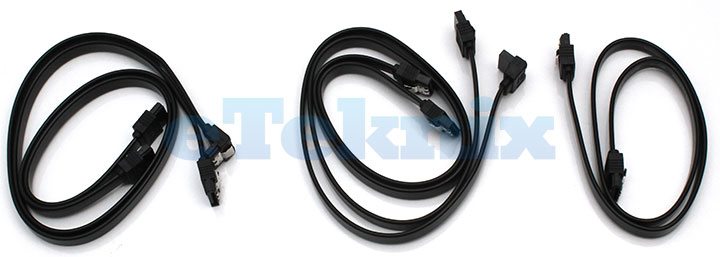
Multi GPU setups are what this motherboard is built for and so we find an array of two, three and four way SLI bridges and a single CrossFire bridge.
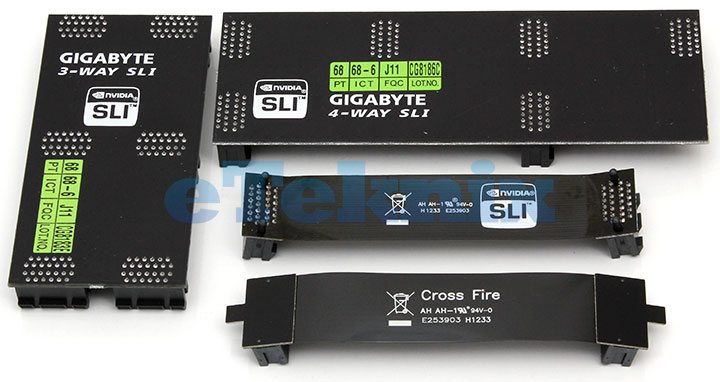
As we have seen a lot more just recently, Gigabyte are now including full WiFi and Bluetooth support out of the box with with an onboard option or, like we have here, a PCIe x1 expansion card and antenna.
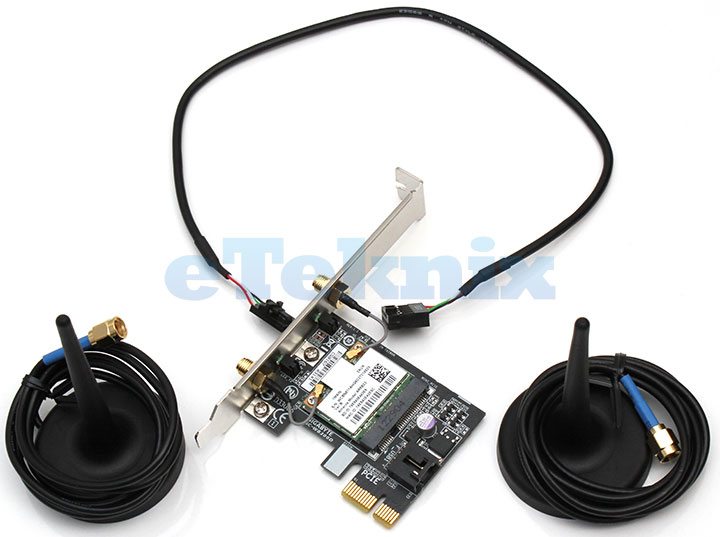
Another regular to the Gigabyte package is a 3.5″ USB 3.0 front panel for those cases that don’t have native USB 3.0 support.

On top of the USB3.0 panel is a new accessory that we have yet to see – an expansion bay mounted eSATA dock with molex power in between the two ports. Alongside the bracket we have two eSATA cables and a molex to SATA power cable.
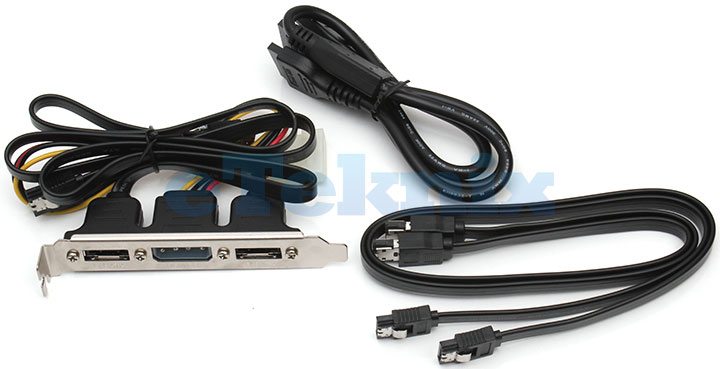
The last piece of Gigabyte’s impressive accessory pack is a small bag containing a number of cables for connecting a multimeter to the board for those inevitable overclocking sessions that will occur.
